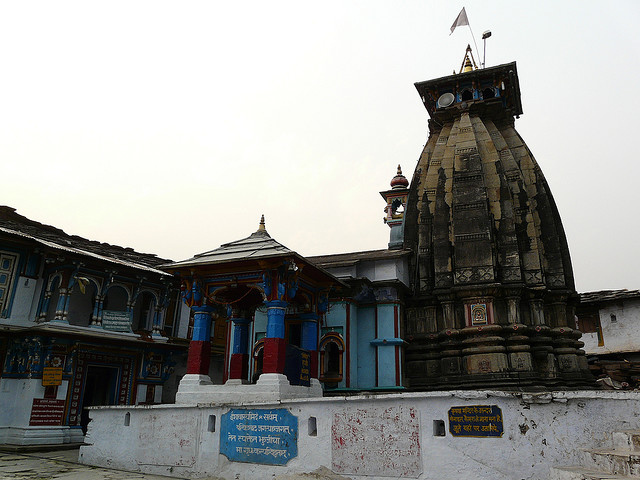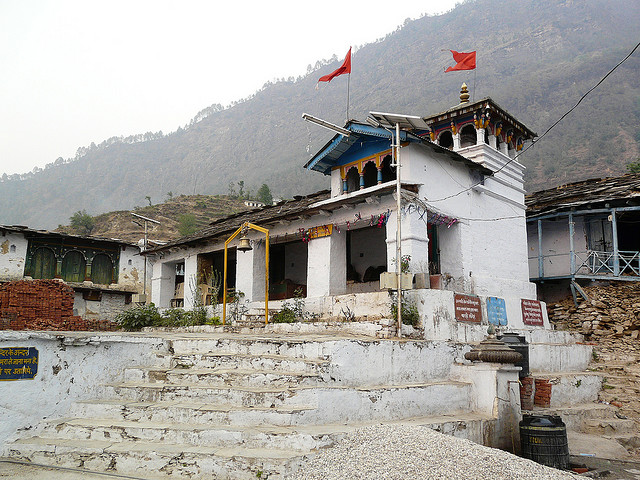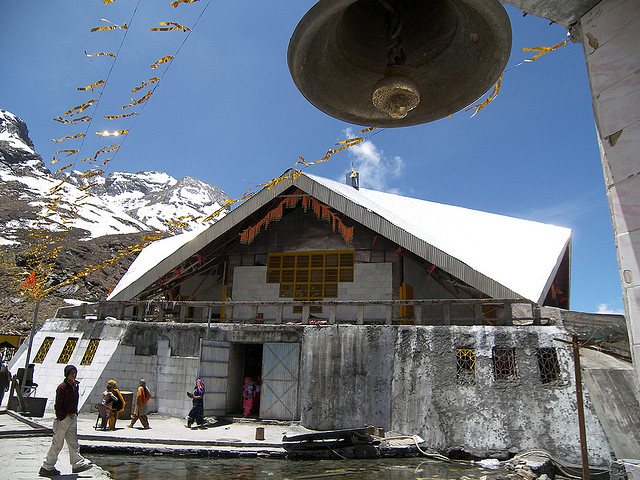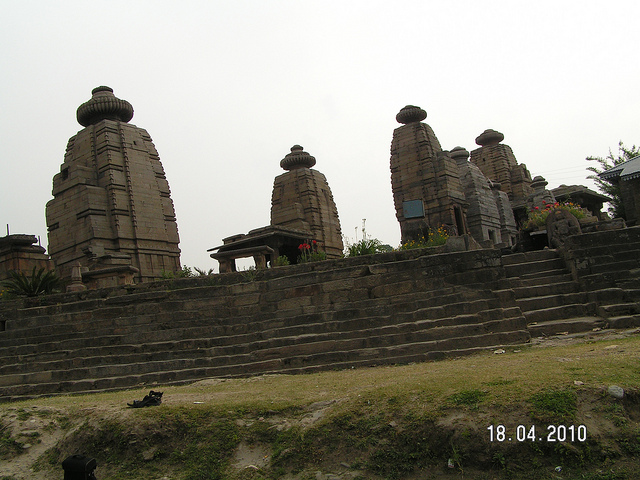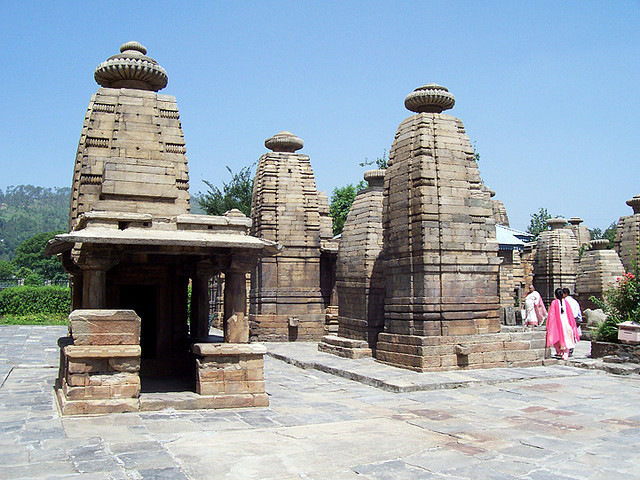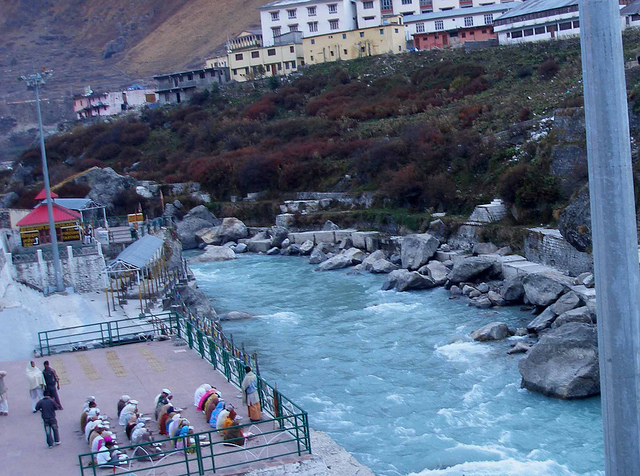Purnagiri Temple
The sacred shrine atop the Poornagiri hill is 20 kms from Tanakpur and 92 kms from Champawat. Large number of devotees visit the shrine from all over the country, especially during the Chaitra Navratri in the month of March - April. The area reverberates with the holy chants of devotees climbing the hill. River Kali flows from here and is known as Sharda in the plains. A motorable road is built upto Thuligarh, which is 14 kms from Tanakpur. From Thuligarh one has to trek upto the temple.

